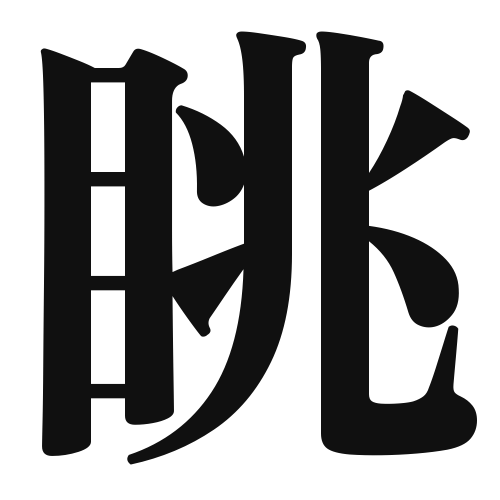1. Overview of Meaning
The kanji “眺” (chou) means “to gaze” or “to look at something attentively.” It conveys the idea of observing something with focus and contemplation.
2. Formation and Radical
Formation of the Kanji: The kanji “眺” is a phonetic-ideographic character (形声文字). It combines the radical for “eye” (目) with a phonetic component that suggests the sound “chou.” This structure emphasizes the act of looking or gazing.
Radical: The radical of “眺” is 目 (me), which means “eye.” This radical is commonly associated with vision-related concepts.
3. Examples of Usage
Common Words and Phrases:
- 眺める (nagameru) – to gaze at
- 眺望 (choubou) – view, prospect
Example Sentences in Daily Conversation:
- 山の頂上からの眺めは素晴らしいです。 (The view from the top of the mountain is wonderful.)
- 彼女は海を眺めている。 (She is gazing at the sea.)
4. Synonyms and Antonyms
Similar Kanji:
- 視 (shi) – to see, to look (more general than “眺”)
- 観 (kan) – to observe, to watch (often used in a more formal context)
Antonyms:
- 見逃す (minogasu) – to overlook, to miss (the opposite of paying attention)
5. Cultural and Historical Background
Relation to Japanese Culture: The act of gazing is often associated with appreciation of nature in Japanese culture, reflecting the aesthetic value placed on landscapes and scenery.
Proverbs and Idioms:
- 「見るは一時の恥、見ぬは一生の恥」 (To look is a moment’s shame, but not to look is a lifetime’s shame) – This proverb emphasizes the importance of observation and awareness.
